Is It Easy to Match Laminate Flooring
Quick Navigation
- What is Matching?
- What is Coordinating?
- What is the Difference Between Matching and Coordinating Floors?
- Flooring Matching vs. Coordinating: Which One Is Right for Me?
- 4 Tips for Matching Flooring Throughout Your Home
- 5 Tips for Coordinating Flooring Throughout Your Home
- 4 Mistakes to Stay Clear of When Coordinating Flooring in Your Home
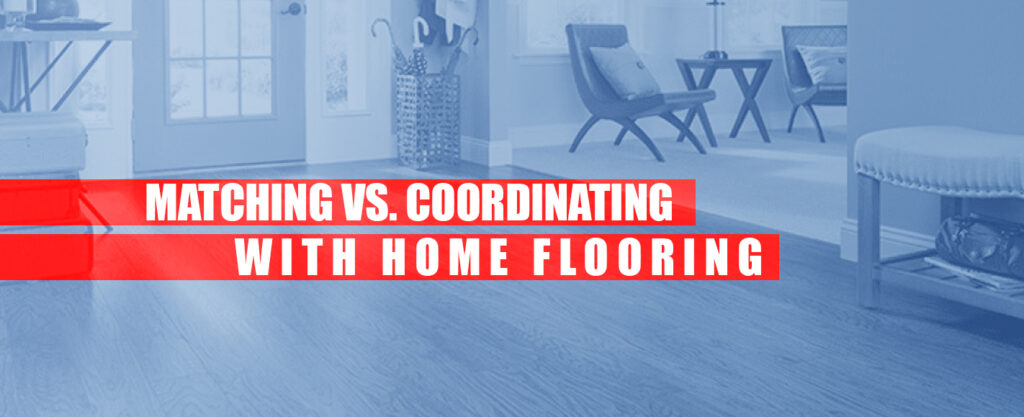 So you're redecorating your home. This is a fun and exciting process that lets you experiment with new colors, textures and patterns. It lets you find new ways to explore your personality and express yourself through your surroundings. There are so many different avenues to let your tastes shine when it comes to decorating — from the paint and furniture to the lighting and flooring.
So you're redecorating your home. This is a fun and exciting process that lets you experiment with new colors, textures and patterns. It lets you find new ways to explore your personality and express yourself through your surroundings. There are so many different avenues to let your tastes shine when it comes to decorating — from the paint and furniture to the lighting and flooring.
For the best results when decorating, you'll likely need to find a theme for your tastes. After all, you might love purple, green and yellow, but if you choose all three of these colors for the walls, this might not create the most aesthetically pleasing appearance.
This is because two essential principles of any design or décor work are the ideas of matching and coordinating. While these two ideas are similar, they're both separate principles, and they work together to help guide you towards a home that's unique and expressive of your personality without looking like a garish color explosion.
What Is Matching?
On some level or another, we all inherently understand the idea of matching. We learn this as early as pre-school and kindergarten when teachers encourage us to match shapes, colors and letters. Matching is the idea that like goes with like. In other words, things that look, feel and sound the same belong together. They are part of the same set.
Think of matching the way you might think of a pair of shoes or a pair of mittens. The right and the left are absolutely identical and belong together as a pair. They match with one another.
View Flooring Options by Room

What Is Coordinating?
Coordinating, while similar, is a slightly different idea. Coordinating is the idea that two things might not be a perfect match, but that they go together anyway. Maybe their shapes are somewhat different, but they have the same color. Or perhaps the texture is different, but they're the same shape. This term refers to two different things that aren't identical, but that go well with one another anyway.
Instead of thinking of an identical pair of shoes, think of this the same way you might think of a pair of shoes and the outfit you intend to wear them with. Obviously, the shoes do not "match" that dress or that shirt exactly. But they complement one another and help highlight certain qualities within one another. For this reason, we would say that they coordinate.
What Is the Difference Between Matching and Coordinating Floors?
With this basic understanding of matching and coordinating, let's apply this concept to flooring. Based on what we've established, matching floors would be a situation where every flooring in your house was exactly the same. For example, if you had hardwood flooring in your living room, matching hardwood floors would mean carrying the same hardwood into the dining room, and then into the kitchen, and so on.
Coordinating floors, on the other hand, is different. Maybe this means that your living room floor is a deep, dark wood color, but your dining room can be a shade lighter that is different, but that still complements the living room shade. Maybe the hall can be carpeted, in a warm shade that harmonizes well with the earth tones in your various wood grains.
In this way, coordinating floors aren't afraid to avoid perfect matches. Coordinating floors give you more freedom to explore new colors, textures and designs, all while still creating something that looks beautiful together as a whole.
Flooring Matching vs. Coordinating: Which One Is Right for Me?
Should your flooring be the same throughout the house? This isn't something we can answer for you, because there's no right or wrong answer. It's a simple matter of taste. If you absolutely love a particular floor and want to install it throughout your entire house, there's nothing wrong with this and no one will stop you or advise against it.
On the other hand, if you like to mix things up and try for different styles of flooring, no one will bat an eye at that either. Feel free to try mixing and matching and trying different styles that coordinate with one another instead of matching.
The choice is up to you. Both matching and coordinating are great tools to have in your decorator's arsenal, and both can be the right decision.
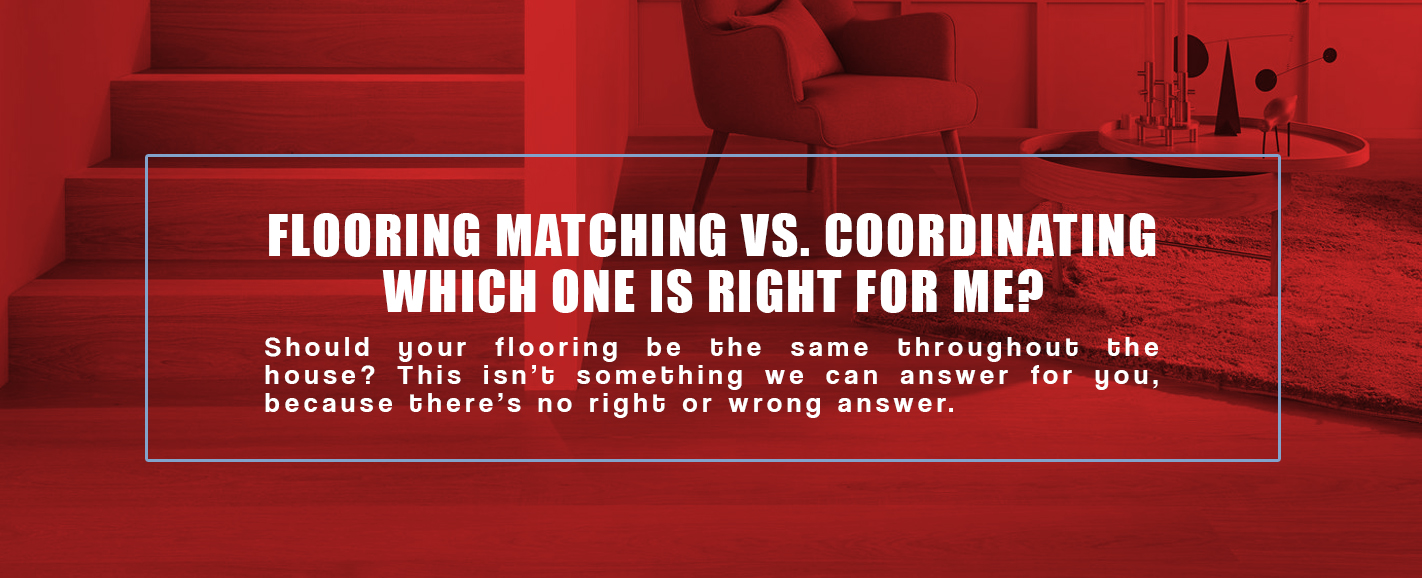
Schedule Your In-Home Consultation
View Flooring Options by Room
4 Tips for Matching Flooring Throughout Your House
Should wood floors match throughout the house? Should your laminate be the same color throughout the entryway, dining room and kitchen? Should tile match throughout the house? Yes, and also no. "Should" is probably the wrong question to ask in this case. If you want to design your home this way, then you absolutely can.
Here are some of our best tips for matching your flooring from one room to the next.
1. Make Sure It's an Exact Match
There's nothing wrong with using the same flooring throughout your home. There's nothing wrong with using different floorings. But what you don't want to do is use two that are almost the same, but not quite.
If perhaps you're trying to find a match for flooring that already exists in your house, it's essential that you do find an exact match and not a close cousin. This kind of error will likely catch your eye constantly, driving you crazy as your eye is confused by the fact that it is so close to matching, but just misses the mark. Instead of creating a seamless transition from one flooring to the next, you'll always see the line where the flooring changes.
You may be thinking that this isn't a huge deal, and is something no one will notice. While again, it is your choice, it's incorrect to think no one will see. Little details like this are usually extremely noticeable. While you might not notice the difference between two small sample swatches, the contrast becomes much more apparent when blown up to the size of a floor. It will likely be very difficult to miss.
If you can't get an exact match, you're probably better off finding something obviously different but coordinating rather than picking a near-match.
2. Take Pictures or a Sample
Matching a floor that already exists in your house can be tricky. Ideally, it will be a floor you installed yourself only a few years ago, so you can go back to the same manufacturer or sales company and order more of the same. Unfortunately, this isn't always the case. Sometimes it's a floor that's been discontinued since you installed it years ago, or perhaps it's a floor that someone else installed into a house you're just now moving into. In all these cases, you don't have the luxury of just placing another order with the same company.
For these situations, try taking a sample of the old floor with you, so that you can match it as closely as you can. If this isn't possible, the next best thing is to take a picture. Pictures can often be unreliable though, due to poor lighting, shadows, dirt or reflections. Try to take the picture in bright, natural daylight, and clean the floor first. This way, you have the best chance of getting an accurate match.
Often, the reverse is possible, as many flooring companies will provide samples for you to take home to compare against your existing flooring. This is usually the best solution, and one that you should absolutely take advantage of if it is offered.
3. Write Down a Few Notes
There are a few factors you want to keep in mind when figuring out how to match your existing hardwood floors, such as:
- Type and species of wood .Make sure you know exactly what type of wood floor you have installed in your home. There are many wood floor types ranging from oak to hickory to maple. Once you know the wood type, make sure to note what species you have as well. For example, oak hardwood floors are found in many homes, but oak can come in two different species: red oak and white oak. Likewise, maple, another common wood, comes in hard maple and black maple species.
- Grade of wood.Be sure to pay attention to the grade of your wood, too. There are several different grades of wood, but these three are what you'll see most commonly used for flooring: Select, #1 Common and #2 Common. Select is the highest grade of the three, while #2 Common is the lowest. The grade doesn't tell you how durable or high-quality your floors are. Rather, it describes the number of clear pieces the wood can be cut into.
- Color. Noting the color of the wood might seem simple enough when you're looking to match your existing hardwood floors, but it's important to realize that many times wood color is not static. Over time, many kinds of wood can change colors. That means even if you get the same type and species of wood and grain of the wood, if one hardwood floor is many years older than the other, they might not match. Woods like Brazilan cherry, for example, tend to develop into a much deeper red color over time. Stains from daily wear and tear can also change the color. With birch wood, stains in the wood tend to take on a gray color. Also, if your wood floors have been stained or waxed over the years, this can alter the color. Especially if a custom stain blend was used, it can make it harder to recreate the exact color.
- Width. To seamlessly match your hardwood floors, be sure to measure the correct width of them. This step is very easy to do. Just use either a ruler or a tape measure and note how wide the planks are. Keep in mind that if you have certain types like Douglas fir, which is more commonly found in homes 100 years old or more, they most likely won't be a standard width and may need to be custom milled.
- Thickness and height of the flooring.Last but not least, check the thickness and height of your current wood floors. The standard is 3/4 inches thick, but you want to make sure any new pieces are consistent with the existing floor.
4. Start From Scratch
In many cases, if you're dealing with an older or pre-existing floor, there may simply be no way to recreate the perfect match. You may get lucky and find it, but the odds are all too often not in your favor. In those cases and if you're insistent on matching your existing wood floors , you might want to consider stripping your current hardwood floor, finding the closest match, and then refinishing both of them at the same time. Stripping your current floor will essentially give you a blank slate in which to work with. Finishing both floors at the same time increases the chances your existing wood floors will match with your brand new one.
Sometimes, though,there may be no choice but to tear out the old flooring and start again from scratch.Pick a new flooring, perhaps similar in design, color and style to what you had before, and buy enough to cover all the spaces you want filled. Only by doing this can you truly ensure that you have that perfect match you're looking for.
5 Tips for Coordinating Flooring Throughout Your Home
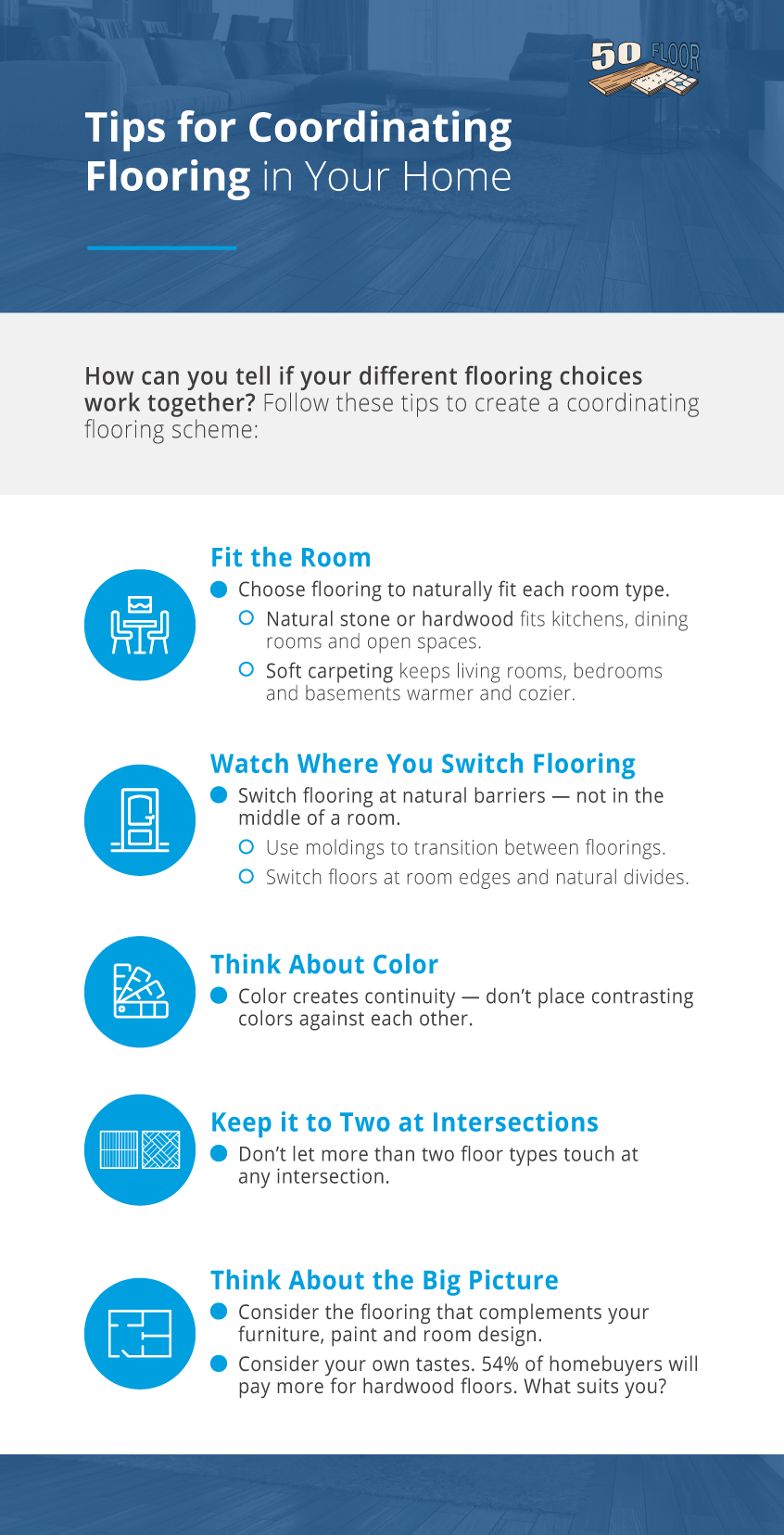
Have you decided to seek out coordinated flooring options for your house? We think you'll find it to be both fun and rewarding as you can enjoy both the process of hunting down flooring that works well together and the beauty they lend to your home for years to come.
But how exactly do you know when one flooring works with another one? Is there a way to know at all, or is it purely subjective? To help you navigate this process, here are our best tips for creating a coordinating flooring scheme in your house.
1. Fit the Room Itself
Certain rooms in your home naturally lend themselves to different types of flooring. For example, a natural stone or wood flooring works well in an open, family space like the kitchen, dining room or living room. Soft carpet can help turn a basement from a drafty storage space to a welcoming family room. Think about what mood you're trying to achieve with each room, as well as what you commonly see laid in rooms of this type, and move forward from there.
2. Be Careful Where You Switch Flooring
Avoid switching up the flooring in the middle of an open space. One room shouldn't have two different types of flooring. Instead, try to make the boundaries between your different floors fit naturally along the borders between two rooms. Maybe there's a natural divide where your kitchen fades into your dining room, and this is an appropriate place to make the transition. Perhaps the carpet in the hall could fade into the hardwood of your bedroom directly underneath the bedroom door. Search for these natural barriers and put them to work for you.
Another great way to minimize the abruptness of this transition is through the use of moldings. These help create a natural transition from one floor to the next. These moldings exist in many different varieties and may be just the thing to create a smoother balance between your coordinating floors.
3. Pay Attention to Color
Color is vital in creating a sense of continuity as your house blends from one floor to the next. If you have a deep, dark carpet in one room, it may be best to avoid placing it directly up against a gleaming white marble in the next room. And if the carpet in the hallway is dark red, you may not want to contrast this with a green carpet in the bedroom.
However, you will likely have better success if you use that same red carpet upstairs, but put the green carpet in the basement instead. There is nothing wrong with either of these colors, only that they might not look great when set against one another. By creating distance between them, you allow each color to shine on its own instead of simply creating a color clash.
4. Stick With Less Than Three Different Types of Flooring
No, we don't mean that you have to have less than three different floorings in the entire house. Rather, we mean that at any given junction of floorings, keep it to a maximum of two. Imagine an intersection in your house, such as a place where the dining room, living room and hall all join together. If each of these three spaces has their own unique flooring, there will inevitably be this place where those different floors meet.
By having three different floorings set directly against one another, you're creating a very busy space that's difficult to take in all at once. It will be almost hard to look at, and will look cluttered and over-crowded, even if the space is totally empty.
Instead, try to stick to a meeting of only two coordinating floors. This will be less jarring to the eye and help the space look less stuffed with too many colors and textures.
5. Think About More Than Floors
One of the best ways to coordinate your flooring is to think about the rest of the room. Think about the color of paint on the walls. Think about the color of your sofas. What about your kitchen cabinets? By drawing inspiration from these other colors and patterns, you create a room that looks complete and cohesive. In most cases, when your room appears put together in this way, no one will even notice if the two floorings next to each other don't "match."
Do floors need to exactly match your countertops or other fixtures? No. Instead, try to coordinate with them in the same way you would coordinate with the other floors. This goes a long way towards creating a well-balanced and well-designed space.
4 Mistakes to Stay Clear of When Coordinating Flooring in Your Home
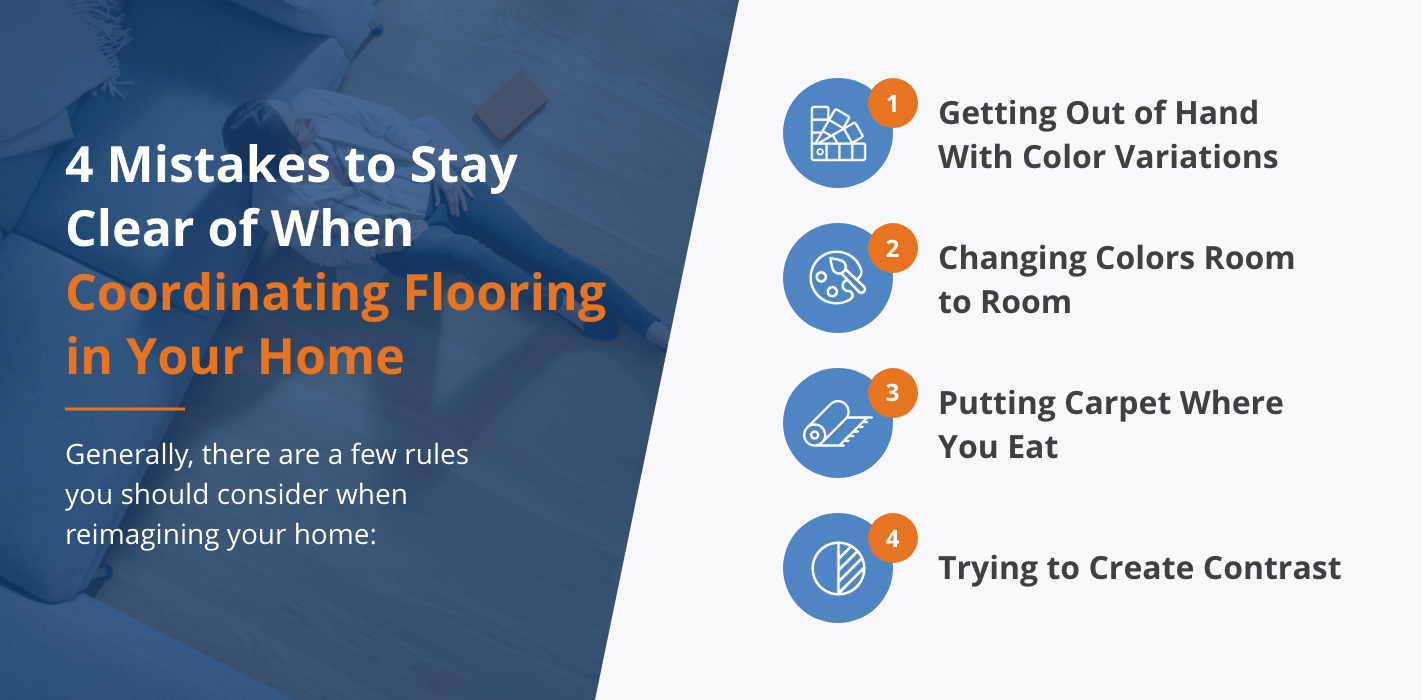
Coordinating floors in your residential space will require you to think about what you hope your living spaces will look like once your project is complete. Generally, there are a few rules you should consider when reimagining your home:
1. Getting Out of Hand With Color Variations
Think about your home's main features. These elements could be pieces of furniture, cabinets, doors or picture frames. When coordinating hard surfaces like wood floors, you'll want to pick out complementary colors that suit the rest of your decor. Choosing too many colors for your home can result in a confusing or unbalanced appearance.
2. Changing Colors Room to Room
Placing different flooring in each room can lead you to endless combination options. If you're a fan of treading on soft carpets in bedrooms , remember to keep your selections consistent. Finding one carpet shade that works for your residential spaces and using it in all carpeted rooms is ideal for creating a cohesive space. Instead of changing the flooring in every room, you can differentiate various bedrooms and other spaces by changing their paint colors.
3. Putting Carpet Where You Eat
Carpets feel luxurious under your feet in clean spaces, but it's best to keep these materials away from kitchens and dining rooms. Think about where you're most prone to spills and drops. Consider coordinating hardwood floors in these locations to make surfaces easier to clean.
4. Trying to Create Contrast
Coordinating the flooring for a room involves picking a surface color that complements the rest of your space. We recommend options that complement rather than contrast with other floors, furniture, paint colors or wall decor across multiple areas. Switching between light and dark shades throughout your home can result in abrupt transitions.
Shop Matching and Coordinating Floor Tiles, Hardwood, Laminate and More at 50 Floor
Looking to create a seamlessly designed home through the use of matching or coordinating floors? First, you'll need to find a flooring company that offers the wide range of colors, styles and materials you're looking for. Here at 50 Floor, we want to be your destination for all things flooring.
We understand that it can be hard to look at a flooring sample in a store and picture how it would look in your home. That's why we bring our samples to you, so that you can look at them under your own lighting and compare how well they match or coordinate with your existing floors. Not only this, but our trained floor experts are also more than willing to walk you through things like installation processes, do's and don'ts and any other questions that might be on your mind during the shopping process.
View Flooring Options by Room
For more information and to get started shopping for the right flooring for you, call us at 877-50-FLOOR or schedule an appointment today.
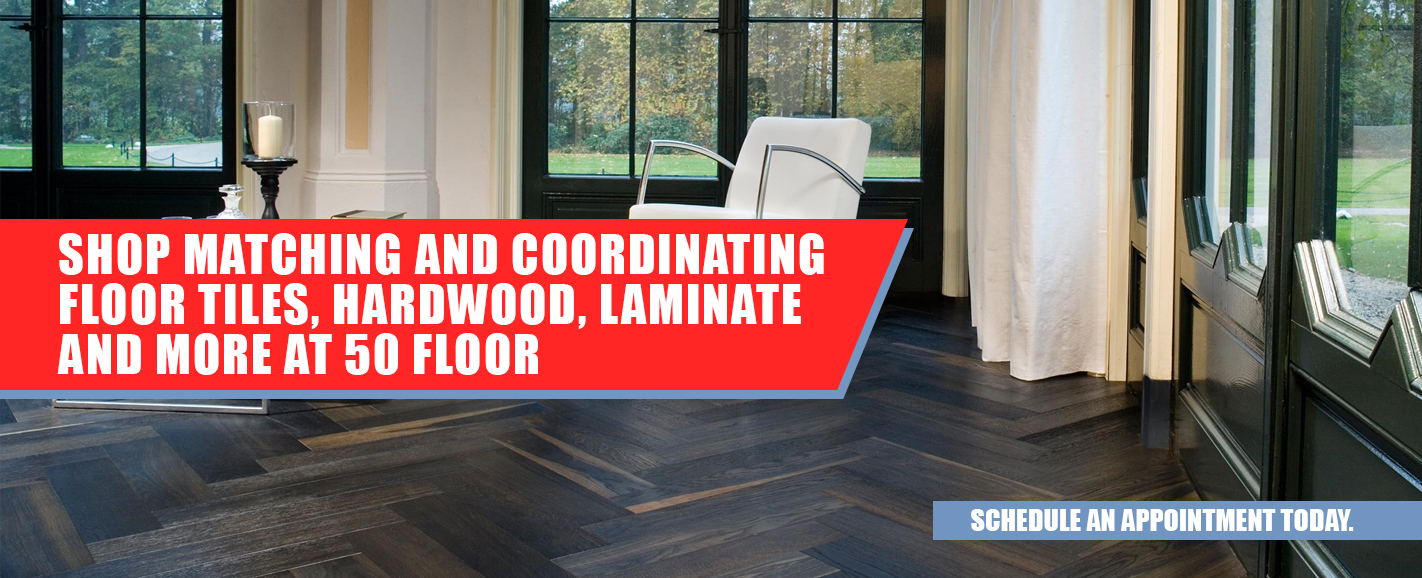
ricardocrigoithave.blogspot.com
Source: https://50floor.com/blog/matching-vs-coordinating-flooring/